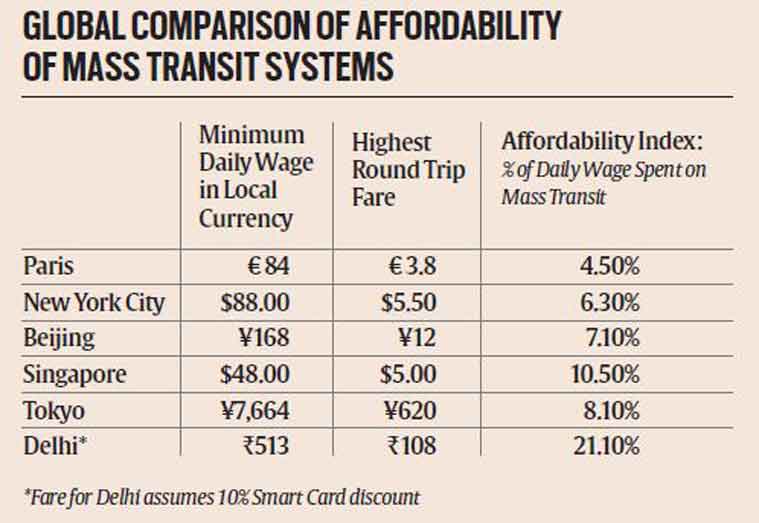7667766266
enquiry@shankarias.in
What is the issue?
Why was fair hiked?
What is the affordability argument?

Is the estimate accurate?
What are the dominating trends in pricing policy research?
What could be the larger economic benefits?
What could be the strategy ahead?
What are the hopes?
Source: Indian Express